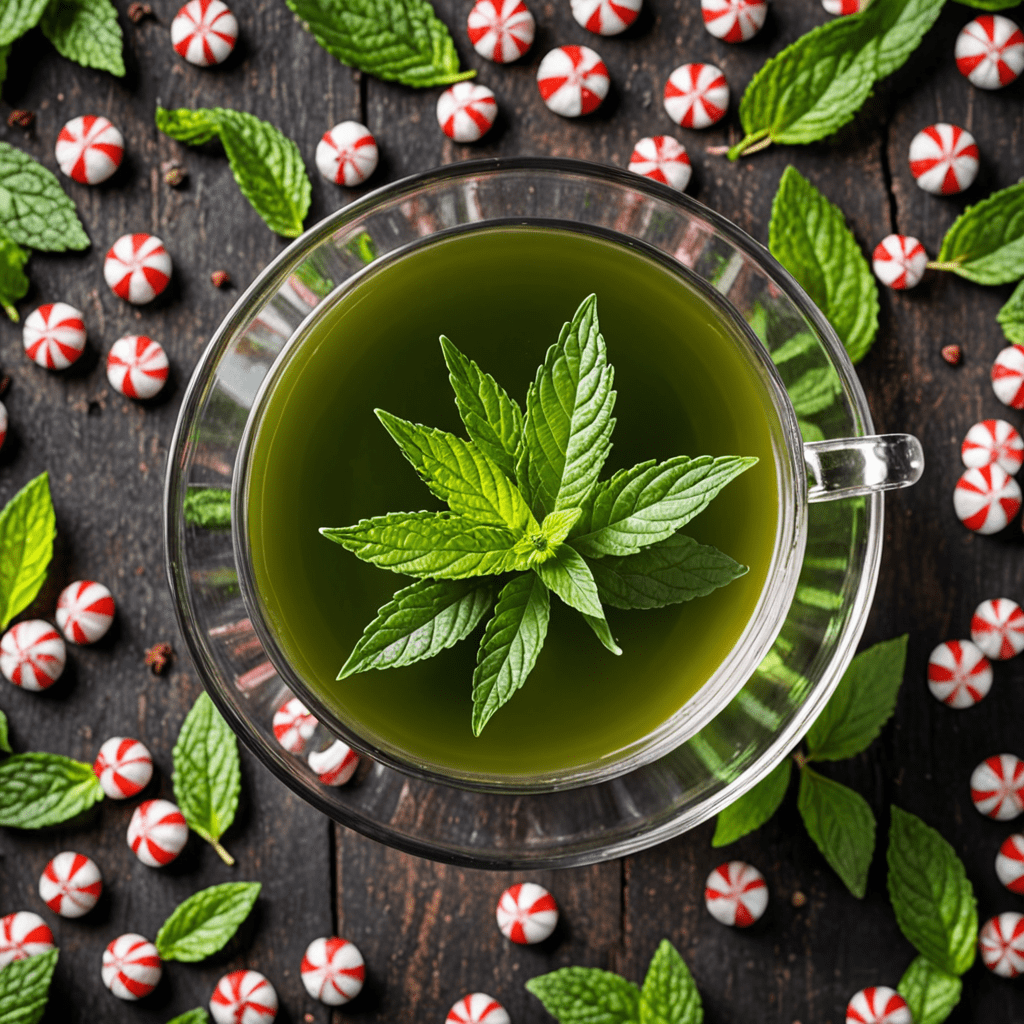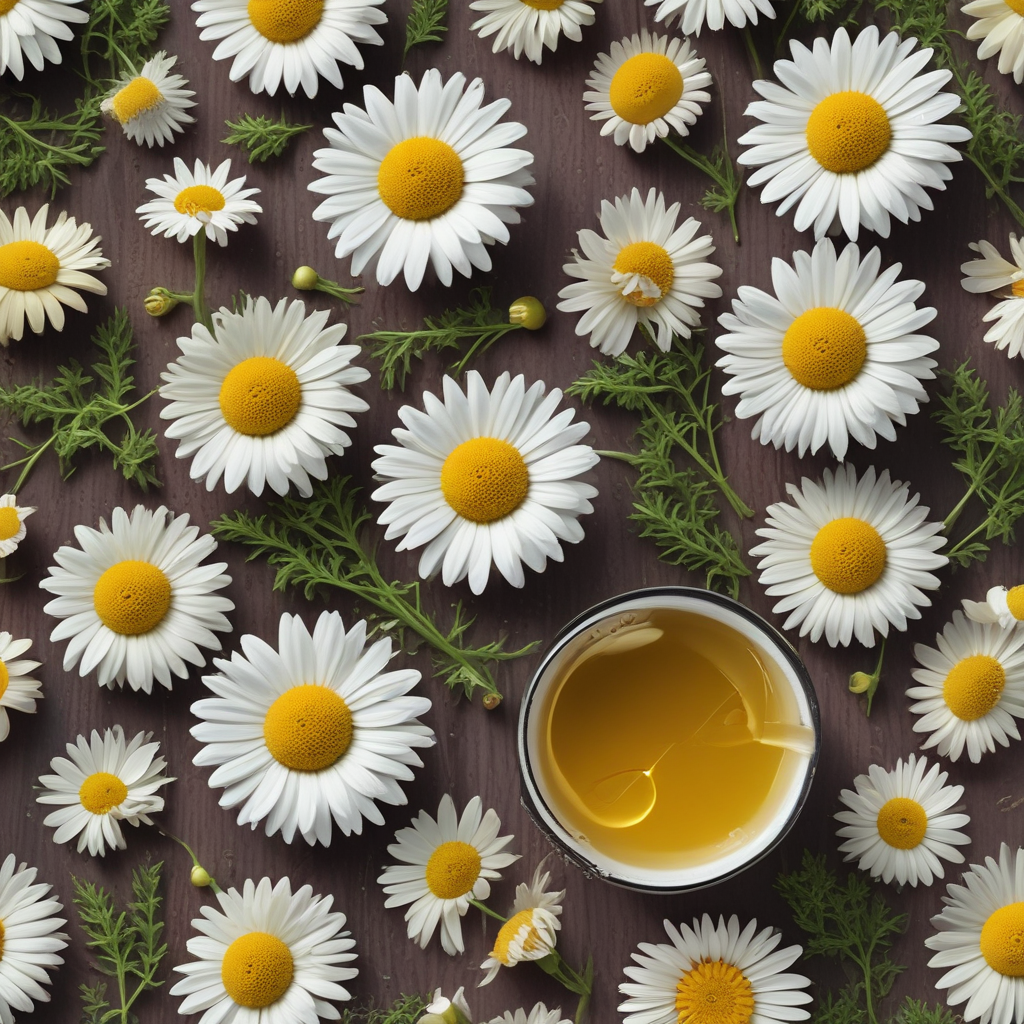
Introduction: Tea – A Unifying Element in Indian Culture
In India, tea is more than just a beverage; it is an integral part of the nation's cultural fabric. From the bustling streets of Mumbai to the serene foothills of the Himalayas, tea transcends geographical boundaries and social divides, bringing people together in a shared love for this aromatic brew. This article delves into the rich history, regional variations, and social significance of tea in India, exploring how it has become a powerful bridge connecting generations and fostering a sense of unity amidst diversity.
A Historical Perspective: The Journey of Tea in India
The history of tea in India dates back to the 19th century when British planters introduced tea cultivation to the country. The first tea plantations were established in Assam, and the industry quickly flourished, transforming India into one of the world's leading tea producers. Over the years, tea has become an intrinsic part of Indian life, with each region developing its unique tea-drinking traditions and preferences.
Regional Variations: A Tapestry of Flavor and Tradition
India boasts a diverse tea culture, with each region offering its distinctive tea varieties and brewing methods. From the robust, malty Assam teas to the delicate, floral Darjeeling teas, the country's tea landscape is a tapestry of flavor and tradition. In the south, filter coffee holds sway, but tea remains a popular choice, especially in Tamil Nadu, where the strong, milky 'masala chai' is a beloved beverage.
The Social Significance of Tea: Beyond a Beverage
Beyond its intrinsic taste, tea holds immense social significance in India. It is a ubiquitous presence in households, a catalyst for social interactions, and an integral part of festivals and celebrations. A steaming cup of tea is often the starting point for conversations, fostering a sense of community and belonging.
The Art of Chai: Rituals and Customs
The art of making chai, or spiced tea, is an integral part of Indian tea culture. Each household has its unique recipe, passed down through generations, involving a blend of spices like ginger, cardamom, and cloves. The brewing process itself is a ritual, often accompanied by conversations and shared stories, creating a warm and inviting atmosphere.
6. The Generational Divide: Connecting Through a Shared Love
While tea may seem like an intrinsic part of Indian culture, a generational divide exists in tea consumption patterns. Younger generations, exposed to a wider range of beverages, may not have the same affinity for tea as their elders. However, tea can play a pivotal role in bridging this gap, providing a common ground for shared experiences and fostering deeper connections between generations.
7. The Role of Tea in Family Bonding: Sharing Stories and Memories
A steaming cup of tea can be a powerful catalyst for family bonding. Sharing a cup of chai with grandparents or parents creates an opportunity to exchange stories, reminisce about the past, and strengthen familial ties. These shared moments over tea become precious memories, fostering a sense of belonging and continuity across generations.
8. Modern Innovations: Adapting to Changing Times
The Indian tea industry is constantly evolving to adapt to changing tastes and preferences. Innovative tea blends, ready-to-drink options, and fusion tea experiences are catering to younger generations while retaining the essence of traditional tea culture. These innovations ensure that tea remains relevant and appealing to a wider audience.
9. The Future of Indian Tea Culture: A Legacy to Preserve
Indian tea culture faces challenges, including changing consumer preferences and the globalization of the beverage industry. However, the deep-rooted significance of tea in Indian society and its ability to connect generations suggest a promising future for this cherished tradition. Preserving tea's legacy requires promoting its cultural importance, encouraging responsible consumption, and fostering innovation within the industry.
10. Conclusion: A Cup of Tea – A Bridge Across Generations
In conclusion, tea in India is more than just a beverage; it is a cultural cornerstone that unites generations and transcends social boundaries. From its historical roots to its regional variations and social significance, tea has woven itself into the fabric of Indian life. As the nation progresses, tea's ability to connect and bridge the generational divide ensures its lasting legacy as a symbol of unity and tradition. So, the next time you savor a cup of chai, remember its rich history, cultural significance, and its potential to bring people together. Let each sip be a testament to the enduring power of tea to bridge generations and foster a shared love for this timeless beverage.
FAQ
1. What are the most popular types of tea in India?
- Masala chai
- Assam tea
- Darjeeling tea
- Ginger tea
- Cardamom tea
2. What are some of the health benefits of tea?
- Tea contains antioxidants that can help protect against cell damage.
- Tea can help boost the immune system.
- Tea can improve heart health.
- Tea can help reduce the risk of certain cancers.
- Tea can improve brain function.
3. How is tea typically prepared in India?
- Tea leaves are boiled in water with milk and sugar.
- Spices such as ginger, cardamom, and cloves are often added.
- Tea is typically served hot.
4. What are some of the cultural customs associated with tea in India?
- Tea is often served to guests as a welcome gesture.
- Tea is often enjoyed with snacks or sweets.
- Tea is an important part of many religious ceremonies.
5. What is the future of tea culture in India?
- The Indian tea industry is constantly evolving to adapt to changing tastes and preferences.
- Innovative tea blends, ready-to-drink options, and fusion tea experiences are catering to younger generations while retaining the essence of traditional tea culture.
- These innovations ensure that tea remains relevant and appealing to a wider audience.

